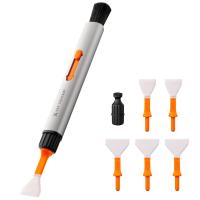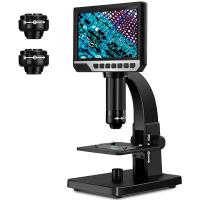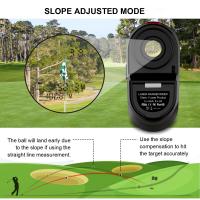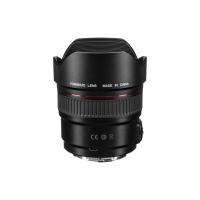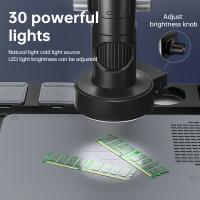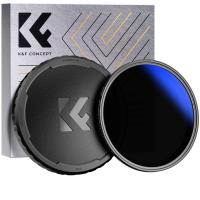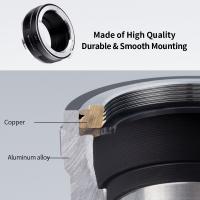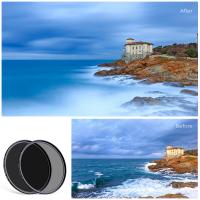What Uv Filter For Fuji Xt3 ?
The Fujifilm X-T3 camera does not have a built-in UV filter. However, you can attach a UV filter to the lens of the camera to protect it from dust, scratches, and other potential damage. The size of the filter you need will depend on the lens you are using with the camera. Fujifilm offers a range of UV filters that are compatible with their lenses, but there are also many third-party options available. It is important to choose a high-quality filter that will not degrade the image quality of your photos. Look for a filter that is made from high-quality glass and has multi-coating to reduce reflections and flare. Additionally, make sure the filter is the correct size for your lens and has a thread pitch that matches the lens.
1、 UV filter basics for camera lenses
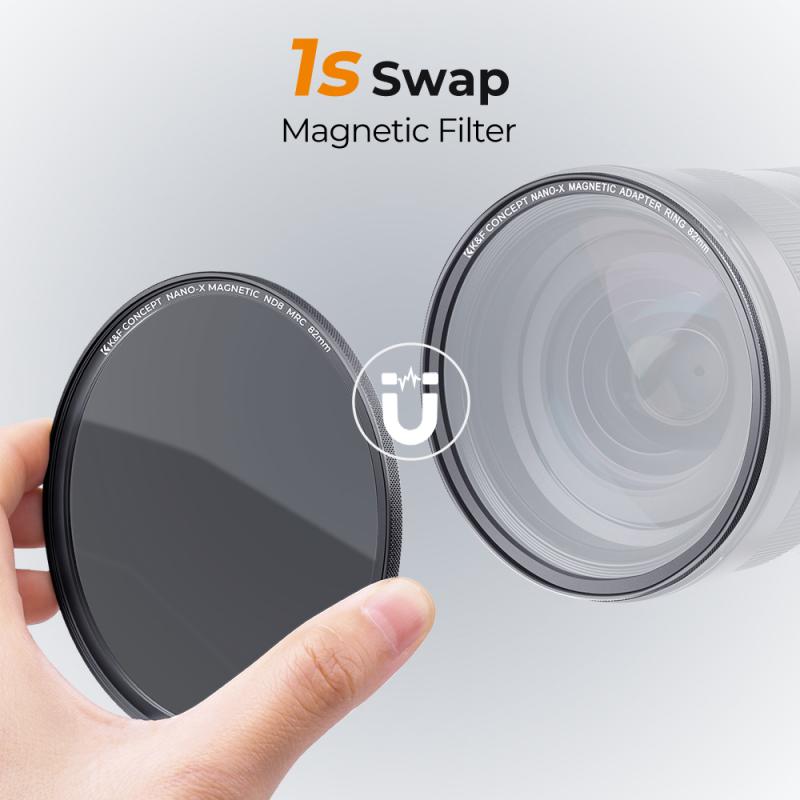
What UV filter for Fuji XT3?
For the Fuji XT3, a 58mm UV filter is recommended. This will help protect the lens from scratches, dust, and other debris, as well as reduce the amount of UV light that enters the lens. It is important to choose a high-quality filter to ensure that it does not degrade the image quality of the lens.
UV Filter Basics for Camera Lenses:
UV filters are a popular accessory for camera lenses, but their usefulness and effectiveness have been debated in recent years. Some photographers argue that modern lenses are already coated to reduce UV light, making a UV filter unnecessary. Others argue that a UV filter can still provide some protection for the lens and improve image quality.
One potential downside of using a UV filter is that it can introduce additional reflections and flare into the image, particularly if it is a low-quality filter. However, high-quality filters are designed to minimize these issues.
Ultimately, the decision to use a UV filter comes down to personal preference and the specific shooting conditions. If you frequently shoot in bright sunlight or dusty environments, a UV filter may be a worthwhile investment to protect your lens. However, if you primarily shoot in controlled environments and are concerned about image quality, you may want to skip the UV filter and rely on the lens coatings instead.
2、 Compatible UV filters for Fujifilm XT3

Compatible UV filters for Fujifilm XT3 include the Hoya UV HMC filter, B+W UV Haze filter, and the Tiffen UV Protector filter. These filters are designed to protect the camera lens from scratches, dust, and other elements that can damage the lens. They also help to reduce the amount of UV light that enters the lens, which can cause unwanted glare and haze in photos.
When choosing a UV filter for your Fujifilm XT3, it is important to consider the quality of the filter. Cheaper filters may not be as effective at reducing UV light and may also degrade the image quality of your photos. It is recommended to invest in a high-quality filter from a reputable brand to ensure the best results.
Additionally, some photographers prefer to use a clear filter instead of a UV filter for lens protection. Clear filters do not reduce UV light, but they do provide the same level of protection for the lens. However, it is important to note that any filter can potentially degrade image quality, so it is best to only use a filter when necessary.
Overall, the choice of UV filter for your Fujifilm XT3 will depend on your personal preferences and shooting style. It is important to do your research and choose a high-quality filter from a reputable brand to ensure the best results.
3、 Best UV filters for outdoor photography
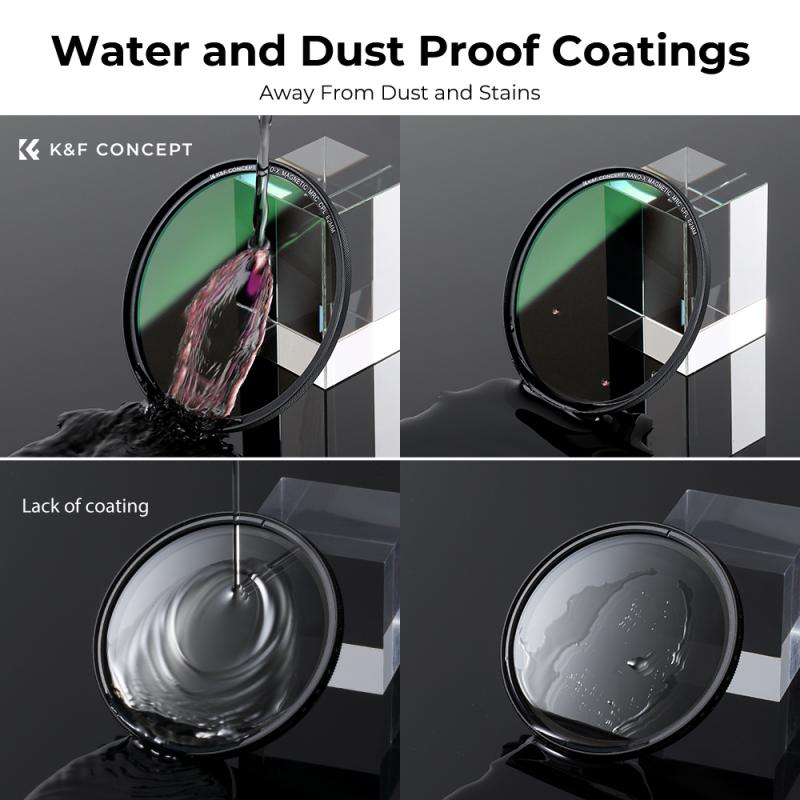
What UV filter for Fuji XT3?
For the Fuji XT3, a 58mm UV filter is recommended. There are many options available on the market, but it is important to choose a high-quality filter to ensure that it does not negatively impact image quality.
One popular option is the B+W UV Haze filter, which is made with high-quality glass and features a multi-resistant coating to reduce reflections and improve clarity. Another option is the Tiffen UV Protector filter, which is made with high-quality materials and is designed to protect the lens from scratches and dust.
It is important to note that some photographers prefer not to use UV filters at all, as they can sometimes cause unwanted reflections or reduce image sharpness. However, for outdoor photography, a UV filter can be a useful tool for protecting the lens from dust, scratches, and other potential hazards.
Ultimately, the best UV filter for the Fuji XT3 will depend on the photographer's specific needs and preferences. It is important to do research and read reviews before making a purchase to ensure that the filter will meet your needs and provide the best possible image quality.
4、 UV filter size and thickness considerations

What UV filter for Fuji XT3?
When it comes to choosing a UV filter for your Fuji XT3, there are a few things to consider. First and foremost, you'll want to make sure that the filter you choose is the correct size for your lens. The Fuji XT3 has a 58mm filter thread, so you'll need a filter that matches that size.
In terms of thickness, there are a few different options available. Some photographers prefer thinner filters, as they can help to reduce vignetting and other optical issues. However, thicker filters may offer more protection for your lens, which can be important if you're shooting in harsh conditions or in situations where your lens may be at risk of damage.
Ultimately, the choice of UV filter will depend on your personal preferences and shooting style. Some photographers swear by UV filters and use them on all of their lenses, while others prefer to go without and rely on other forms of protection for their gear.
It's worth noting that there is some debate among photographers about the effectiveness of UV filters. Some argue that modern lenses are already designed to block UV light, making a filter unnecessary. Others point out that a filter can still offer some protection against scratches, dust, and other hazards.
In the end, the decision of whether or not to use a UV filter is up to you. If you do choose to use one, make sure to choose a high-quality filter from a reputable brand, and be mindful of the potential impact on image quality.

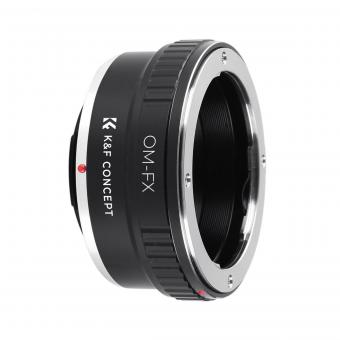
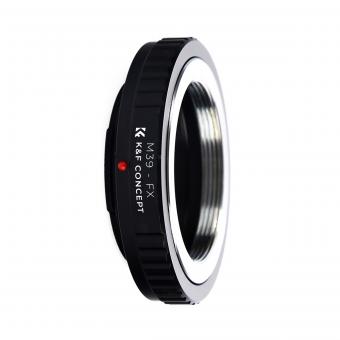

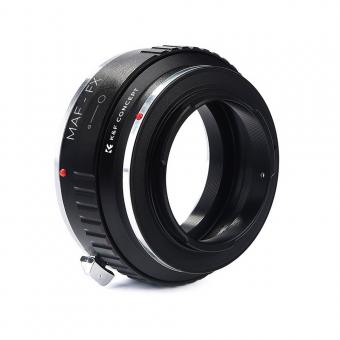
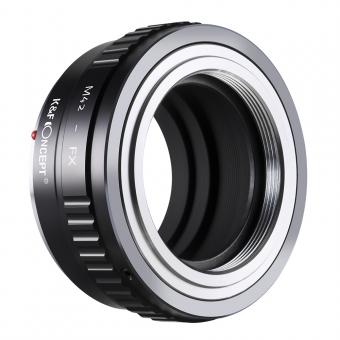
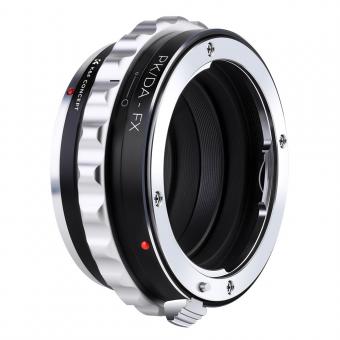
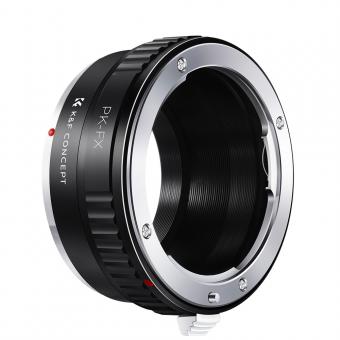
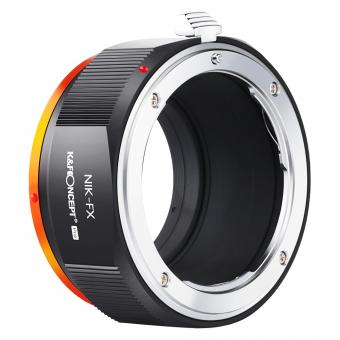
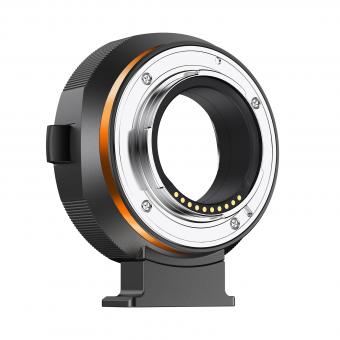









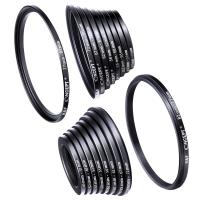
(1)-200x200.jpg)




